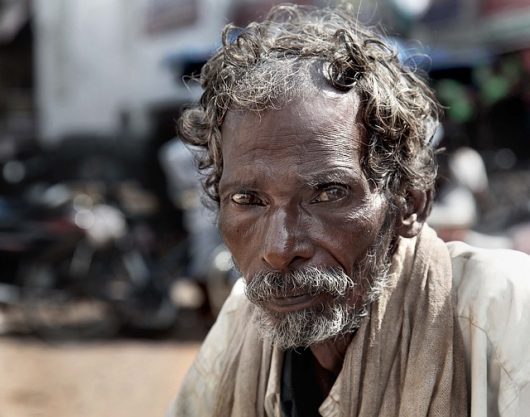Why is India Poor?

India ranks as one of the largest countries in the world in both population and land area. Despite being a resource-rich region, India also ranks as the third poorest country in the world and is home to some of the most poverty-stricken communities on the planet. Here are five main answers to the question “why is India poor?”
- Health issues
The Indian population is at high risk for infection and disease. Pollution, overpopulation, unsanitary living conditions and a very limited health system are major contributing factors. Many transmittable diseases that have been eliminated in high-income countries through vaccinations still exist in India. However, as in many countries, non-communicable diseases and mental illnesses are emerging as the largest health challenges. By 2030, it is estimated that non-communicable diseases and mental disorders alone will cost India $6.5 trillion. - Inadequate infrastructure
Lack of proper infrastructure is an enormous obstacle, particularly in rural areas. For many who don’t have access to clean, running water, there are devastating consequences: more than one-fifth of communicable diseases in India are contracted from unsafe water. More than 40% of food grown in India rots before reaching the market because transportation is inefficient and often unreliable. Such setbacks hinder growth and development. - Education
Two out of every three Indian employers report that they struggle to find and hire qualified workers, though India is home to more than 1.32 billion people. The disparity between educational opportunities available in India and those offered in high-income countries puts many Indians at a great disadvantage. Not only that, but more than 50% of women are illiterate, which reinforces gender inequality. The fact that such a large percentage of the population goes without education is why India is poor and also why many citizens struggle to compete in job markets. - History of colonization
As in many colonized countries, the presence of foreign invaders between the 18th and 20th centuries had crippling effects on the Indian economy and government, and is a large part of answering the question “why is India poor?” Britain initiated colonization in 1757 and remained a strong presence until independence in 1947. During this period, Indian populations experienced subjugation and discrimination. When the colonial power withdrew, India’s economy and government struggled to regain strength and true independence. The remnants of a difficult history are still evident. India continues to have issues dealing with government corruption and an unstable economy. - Economy
Inflation in India is high, hovering around eight to 10%. The recent increase in food prices has taken a significant toll on poor, rural populations. While the country’s economic growth remains significant, the growth rate is slowing. India sees more imports than exports annually. This deficit means the rupee is depreciating in value. Private debt is on the rise and there are very few financial safety nets for those struggling to repay, part of the reason why India is poor.
Why is India poor? These five challenges are certainly formidable obstacles for India as a lower-middle-income country, but there are many promising indicators that living standards will continue to improve. Thanks to technology, aid and the efforts of many organizations, the nation continues to see a significant reduction in poverty levels.
– Kailey Dubinsky
Photo: Pixabay
